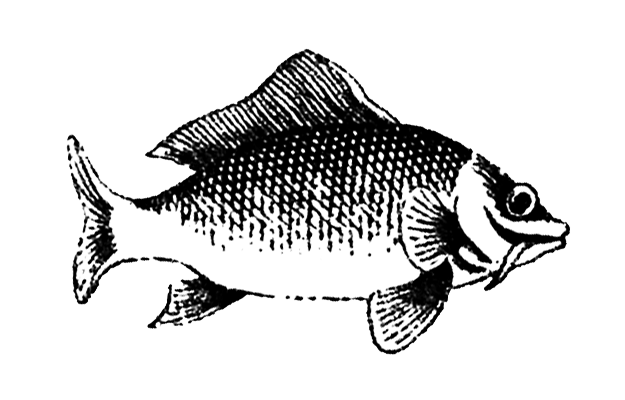
A few years ago, Dr Craig Bennett and his colleagues carried out an experiment. They put a salmon in a working magnetic resonance imaging (fMRI) scanner, which monitors brain function. We should point out that the salmon was dead, bought at a fish market.
Once the fish was lying in the machine, the scientists showed it “emotionally ambiguous” photos (of people, not fish), and asked it to imagine itself in that situation. Later, in accordance with the rules of their art, they made calculations, and… on the image of the (dead) salmon’s brain, an area showed up in red as having been activated.
For this unusual experiment, the scientists received an Ig Nobel—a prize awarded for research that “first makes you laugh, and then makes you think.” Why? Because the whole point of the exercise was to demonstrate that these “rules of the art”—the statistical methods used to analyse magnetic resonance data—are flawed.
Unfortunately, this isn’t the only example of how scientists have problems with







